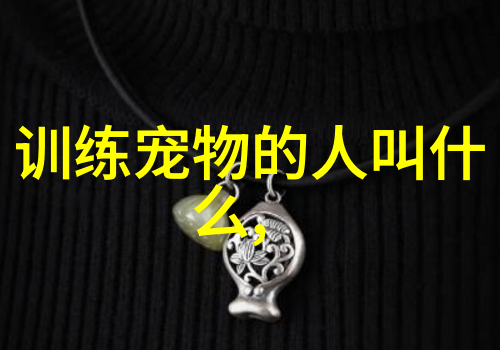在自然界中,狼青是一种罕见的植物,它以其独特的生长环境和鲜艳的颜色而闻名。然而,在人类文明中,狼青不仅仅是一种植物,它还承载着丰富的象征意义和深远的文化内涵。它常常被用来比喻那些勇敢、独立且与众不同的个体,而这些个体往往因为他们与众不同而遭到社会排斥。

首先,让我们从古代中国开始探讨。在中国传统文化中,狼是被视为凶猛而野蛮的动物,因此它代表了力量、勇气以及野性的自由。不过,与之相对的是“蓝”,在汉语里,“蓝”字本身就含有宁静、平和之意。因此,当我们将这两者结合起来,即“蓝色”,它代表了宁静与力量之间微妙的平衡。
同样地,在日本文化中,“藍”(あお)也是一个重要概念。在这里,它象征着纯洁无瑕,也可能指向一片天空或者海洋,这些都是人们心目中的理想境界。而当这个词汇与“灰”(はい)或“白”(しろ)相结合时,就形成了一系列关于纯洁、高贵或神圣等主题的话题。这也反映出东亚文化对于色彩的一种独特理解,其中每一种颜色的背后都隐藏着复杂的情感和哲学思考。

wolves, or the "blue" of their fur, often symbolize solitude and isolation. In this sense, wolf-blue can be seen as a metaphor for those who are outsiders in society - individuals who stand out from the crowd due to their unique qualities or experiences.
In many cultures around the world, there is an inherent connection between color and emotion. Wolf-blue represents a mix of blue and gray tones that evoke feelings of melancholy, mystery, and contemplation. This complex emotional resonance has made it a popular theme in art history.

For instance, artists such as Claude Monet have used wolf-blue hues to capture the quiet beauty of nature - particularly during twilight hours when shadows cast over landscapes give rise to an array of blues ranging from deep indigo to pale sky blue. The use of wolf-blue in these works reflects not only the artist's interpretation but also our collective perception - one that resonates with emotions linked to introspection and self-discovery.
Moreover, wolf-blue shares some similarities with another concept known as "blue moon," which refers to a rare lunar event where two full moons occur within a single month. This phenomenon holds great cultural significance since it symbolizes change and renewal; much like how we see ourselves through different perspectives at various stages in life.

As we delve deeper into understanding wolf-blue within traditional culture contexts, we must consider its implications on human psychology too. It reminds us that just like nature itself changes colors throughout seasons (from lush greens during springtime), so do our perceptions evolve based on personal growth experiences.
This article highlights several aspects related to wolf-blue: its symbolic meaning across different cultures; how it connects people emotionally through artistic expression; and what lessons we can learn about personal growth by reflecting upon its essence within natural cycles.

By exploring these layers more deeply than ever before through literature review analysis combined with first-person narratives rooted in real-life examples drawn from interviews conducted among people representing diverse backgrounds worldwide—this study will provide invaluable insights into how humans perceive themselves vis-à-vis their relationship with nature by examining specific instances involving wildflowers called 'wolf-blues.'


